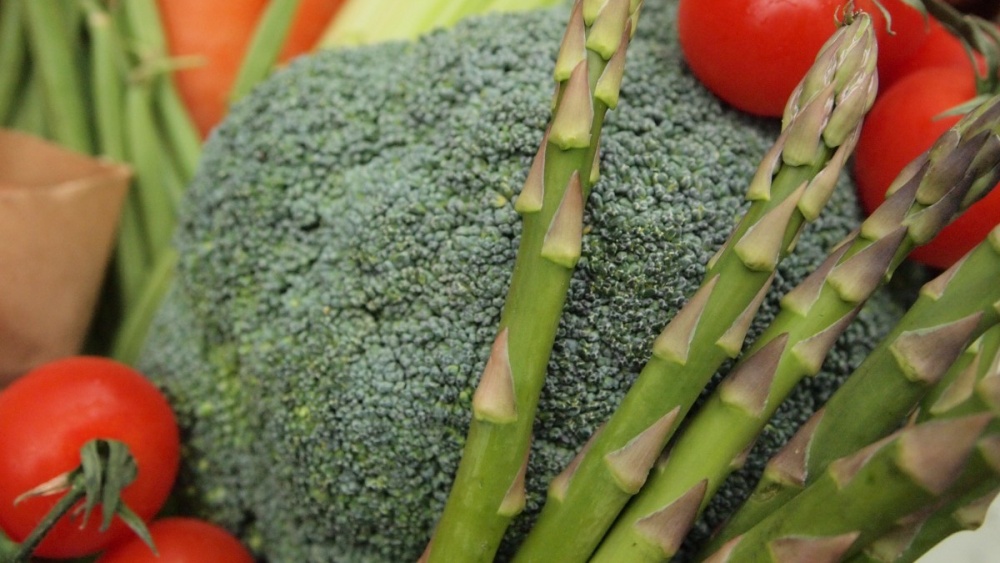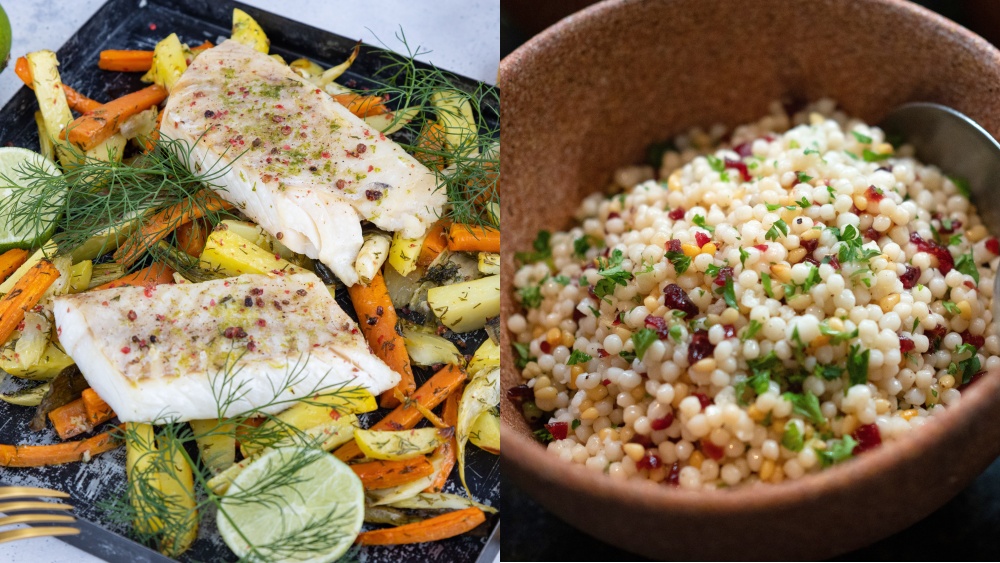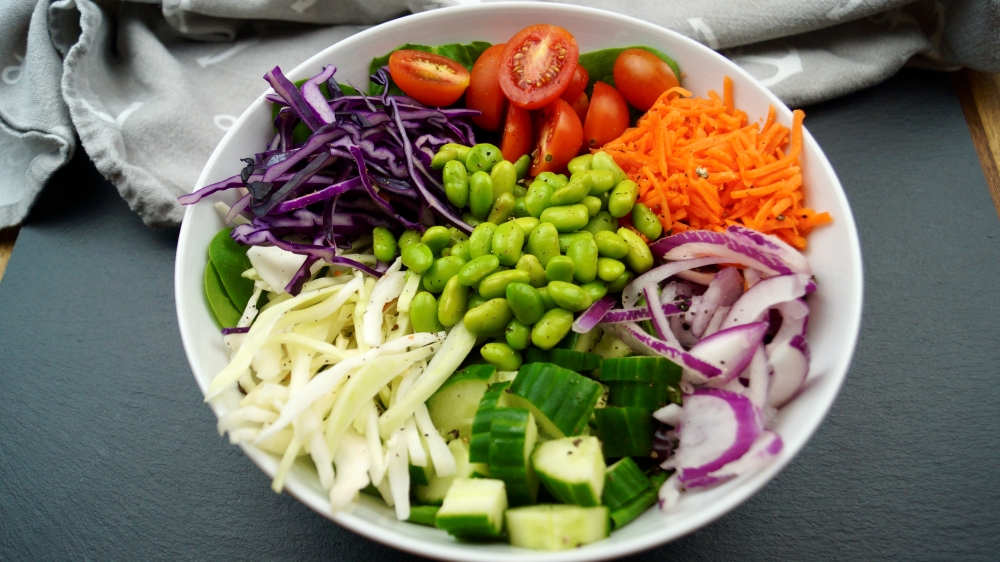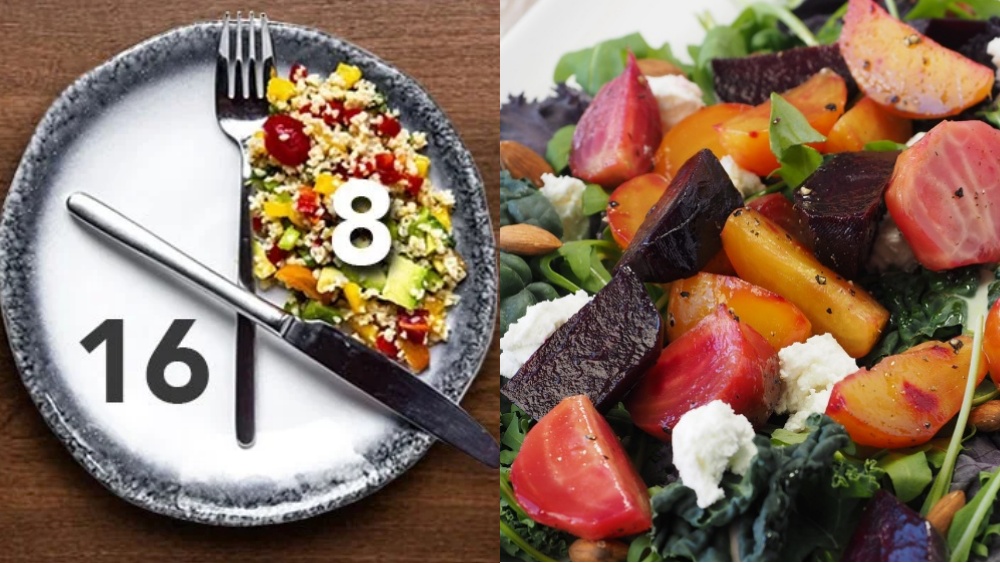Effective weight loss can obviously be broken down into two verticals. There’s the fitness side of the equation, which involves your daily exercise and caloric expenditure. And then there’s the nutritional side, which involves the food you consume, your dietary requirements, and your eating habits.
When people want to try to lose weight, they typically decrease food intake and enter a caloric deficit. As your body expends more calories than it takes in, you start to see the needle move and your weight go down. Maintaining a caloric deficit — it’s a simple concept.
But what if there was a way to “cheat” the system?
Enter negative energy foods, which explained in simple terms, are foods that require more energy to digest and process than they actually contain. You can eat a lot of them without gaining weight.
Negative energy foods typically are fruits and vegetables that are high in fiber and water content, and low in fat and carbohydrates. They make you feel full, without the guilt. In this sense, they become a great weight loss tool to help you shed the pounds and burn fat.
The best thing about negative energy foods is that you can eat and snack on them between your meals, without messing up your diet. These foods are great for maintaining a caloric deficit, and contain enough nutrients and antioxidants that are good for your overall health.
That being said, you shouldn’t rely on negative energy foods as your primary source of calories, and you should always maintain a healthy, well-balanced diet. But if you’re interested to know what these foods are, we’ve come up with a list of some of them.
Today, Evolve Daily shares six negative energy foods to help you lose weight.
1) Black coffee
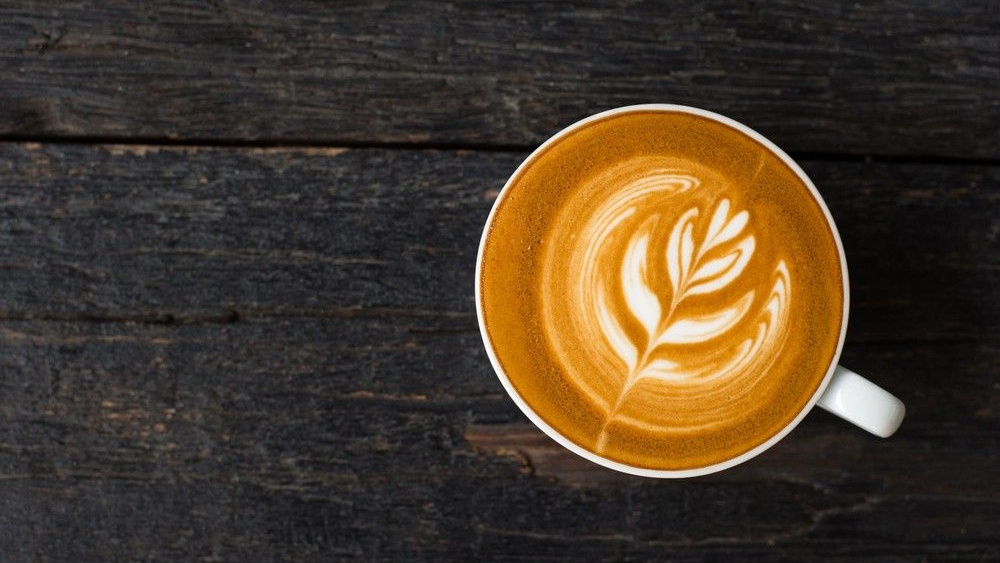
Black, unsweetened coffee contains only a minuscule two calories per cup. Aside from being a beverage with little caloric load, it is a stimulant that wakes the body up, increases focus and alertness, and boosts metabolism.
Most importantly, coffee improves the rate of release of serotonin, a key hormone that stabilizes our mood, positive vibes, and happiness, which also happens to have an amazing effect on halting food cravings.
Also because of black coffee’s low caloric load, it is a popular go-to drink for those on Intermittent Fasting (IF). A word of caution, however, consuming coffee in the afternoon will affect the quality of your sleep.
2) Cucumber
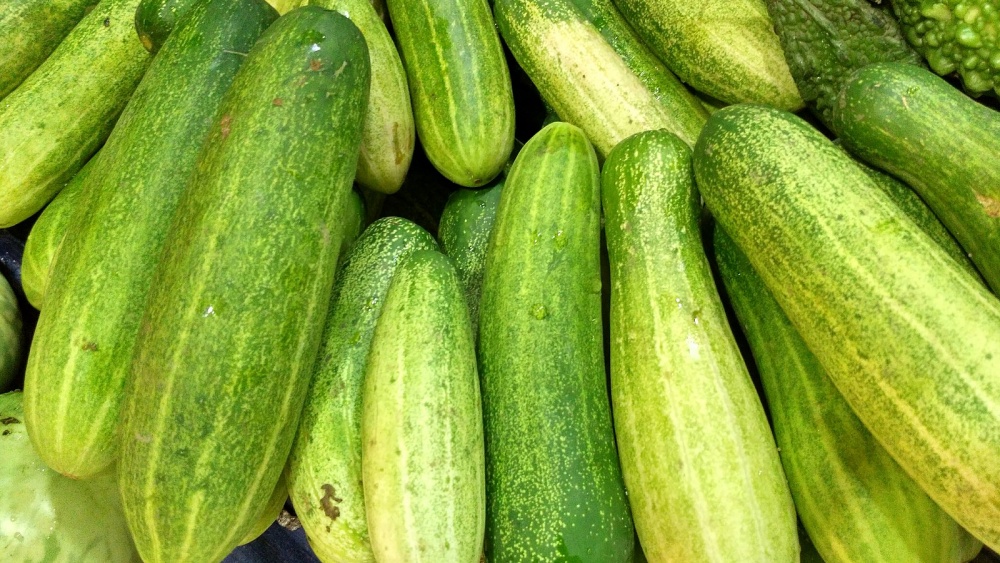
Cucumbers are absolutely delicious and filling, and only contain 16 calories per 100 grams. It’s mostly water at 95%, with a lot of Vitamin C, Vitamin K, and magnesium. It also has antioxidants such as beta-carotene, which fights off harmful free radicals.
Wash cucumbers thoroughly before slicing them up to get rid of any unwanted residue on the outer skin. You can have them with sandwiches, as part of a salad, or on their own. They are pretty versatile.
Eating cucumbers also have many benefits like a healthier digestive system, balanced hydration, and low blood sugar levels.
3) Celery

Similar to cucumber, celery only has 14 calories per 100 grams. It has a lower water content at 75%, but a more considerable amount of fiber. It’s a valuable source of antioxidants, which combat oxidation that is responsible for aging and oxidative damage. It has approximately 25 inflammation-reducing compounds, and it has an alkalizing effect, so it’s an ideal snack for people suffering from gastric hyperacidity.
It’s rich in vitamins and minerals, as well as having a low glycemic index. It’s a great source of Vitamins A, K, and C. It’s also low in sodium, so you won’t be bloated afterward.
Celery is a great addition to salads, salad dressing, sandwiches, or as a snack on its own.
4) Tomato
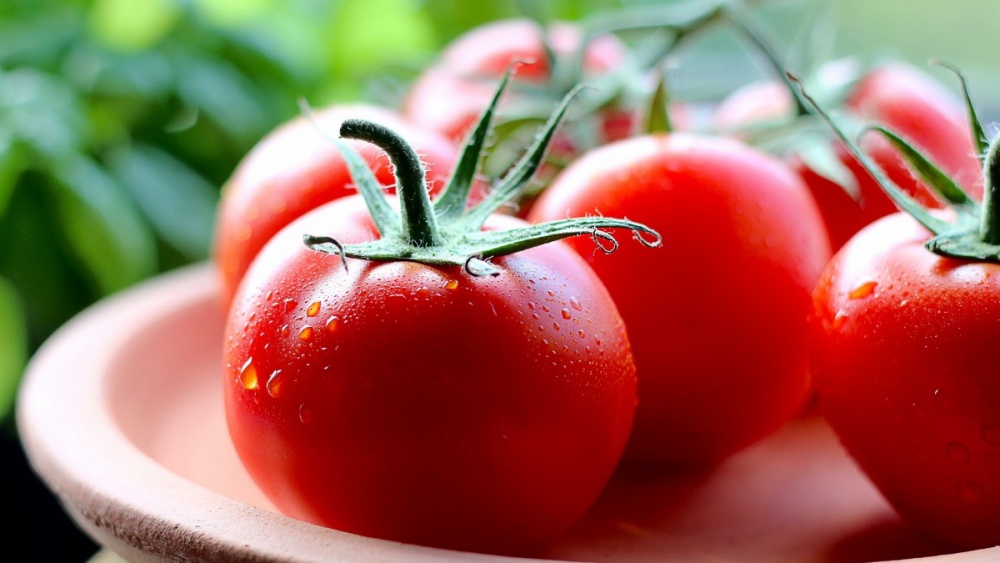
Whether raw or cooked, tomatoes are a wealth of vitamins and minerals. At only 18 calories per 100 grams, they can make for flavorful snacks that can be eaten alone or paired with other fresh vegetables in a delicious salad.
The lycopene that gives tomatoes their bright red color is a powerful antioxidant. This compound gives tomatoes statin-like effects when cooked, meaning they may lower the amount of cholesterol in the blood and lower blood pressure as a result.
Tomatoes are also one of the most versatile foods, which can be used fresh or cooked into sauces.
5) Asparagus
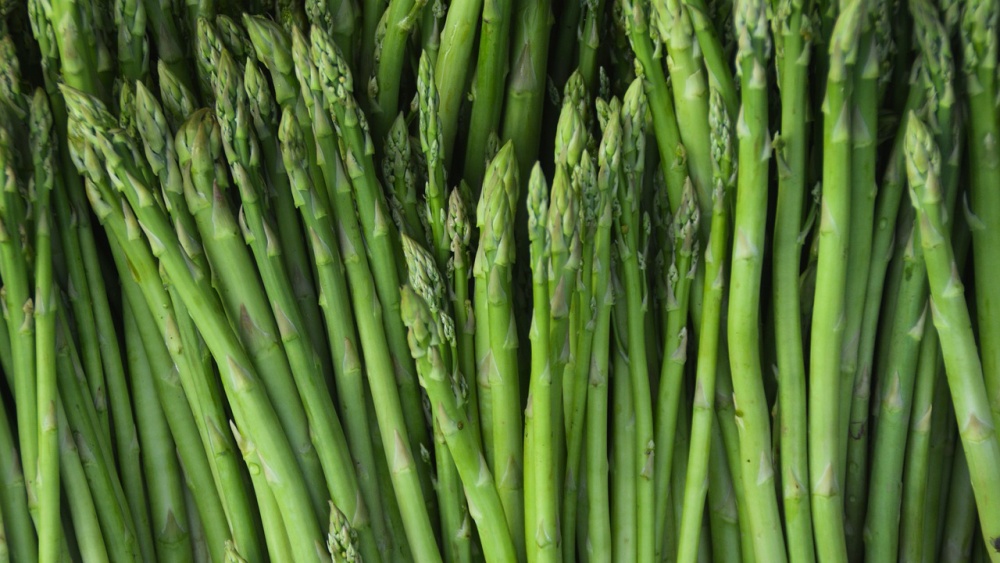
At 20 calories per 100 grams, this fiber-rich vegetable is another low-calorie food that is rich in nutrients. It is a natural diuretic, helping excrete toxins filtered by the kidneys. This is also a recommended snack for pregnant women, as it is rich in folic acid that regulates the development of the fetus’ brain and nerves, among other body parts.
They’re popularly eaten cooked due to their woody texture, but they can also be eaten raw if marinated or sliced thinly.
Asparagus blanched in butter is absolutely delicious and pairs well with all sorts of proteins such as beef, chicken, and fish.
6) Cauliflower
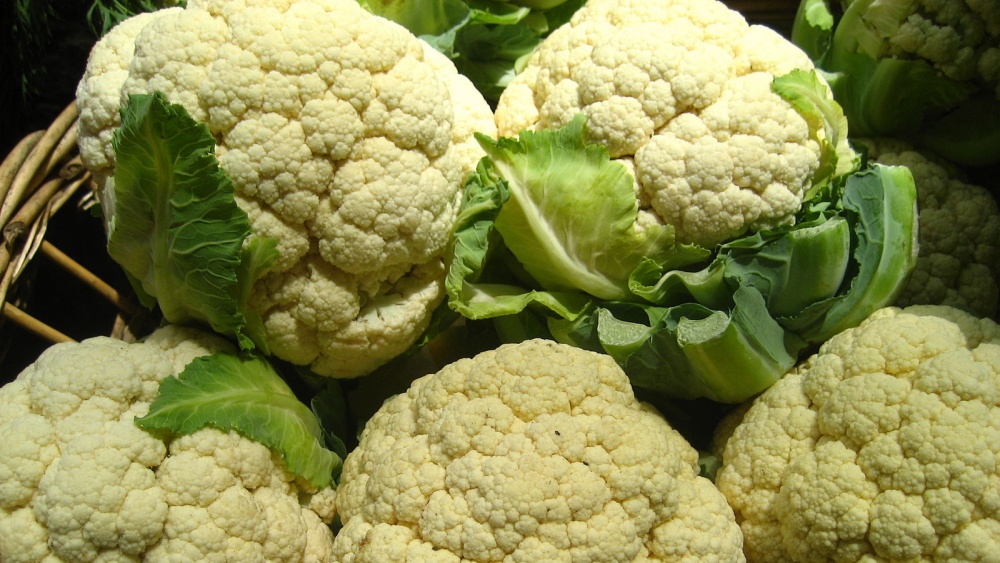
Cauliflower has zero fat and is rich in Vitamin C. It has only 25 calories per 100 grams, and it is a popular low-calorie alternative to rice. It’s best eaten raw or half-cooked for that nice crunch that gives a nice chew. Though if you prefer it to be soft and chewy, then you can also cook it all the way through.
It is also known to promote hormonal balance and boost the immune response.
Cauliflower is fantastic roasted in the oven until the natural sugars caramelize. Or you can sautee a bunch in some herbs and spices to make vegan tacos.
Other negative energy foods include carrots, lettuce, broccoli, watermelon, grapefruit, and apple.
You may also like:
